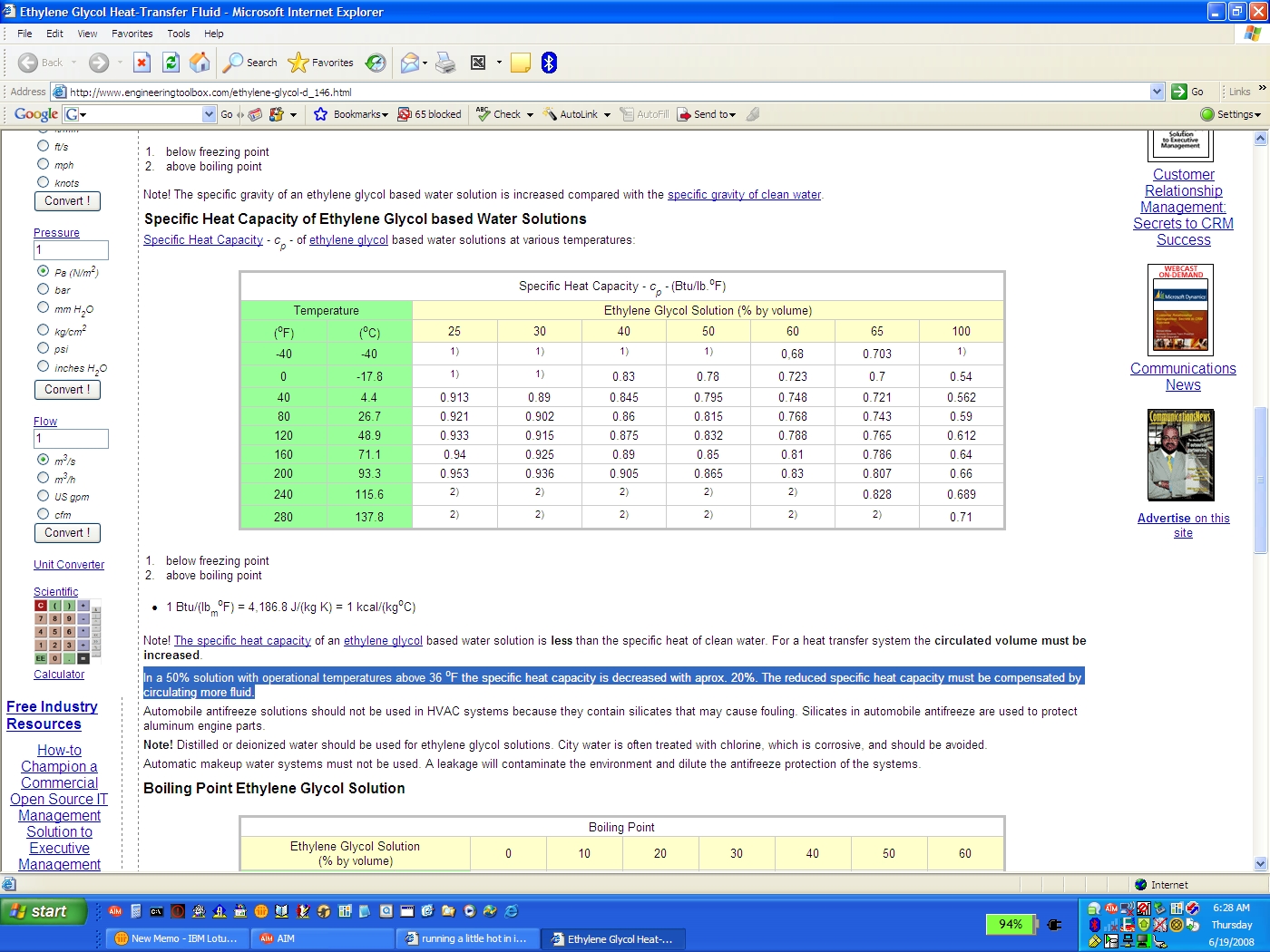- Joined
- Sep 9, 2007
- Messages
- 1,794
- Points
- 3,101
- Age
- 86
- City
- East Texas
- Vehicle Year
- 1994
- Transmission
- Automatic
That was a stupid uninformed remark directed at ME! Big JIm
Got a little testy, did we Big??Big Jim and 85_Ranger4x4... Why argue? Why not give the best advice you have and allow others to do the same and then SHUT THE HELL UP!
It ain't about who is the best...It is about getting the guy back on the road. And he ain't interested in meaningless posts.
 shady
shady
















